get your free guide!
Learn how to be a peacebuilder in your life, your community, and beyond! Six Ways to Be a Peacebuilder includes references to and resources from many organizations working to bridge divides in the U.S.

Seized with our differences and disagreements, Americans are struggling to find common ground and engage in meaningful conversations across our traditional divides. These conditions put us at risk for political violence.
When you factor in that Americans increasingly distrust the government, and we have easy access to guns…
…the potential for political violence increases.
When public figures and fast-spreading disinformation promote hatred and division…
…the potential for violence increases even more.
Yet, most Americans do NOT believe that violence is a solution to domestic political divisions.
Many want to help our country be more peaceful.
At Peacebuilders, we believe that peace is possible, and it begins within ourselves and our communities. By strengthening the bonds of empathy and trust among us, we can build our collective resilience against attempts to divide us.
The more we embrace the values of love, nonviolence, and unity across our traditional divides, the greater our chances of curbing political violence.
Promoting peace through our everyday actions is how we turn this vision into reality.
To help our country, I’m calling on you to become a peacebuilder in your own life and community.
Peacebuilders unite!

Hello friends, I’m glad you found me!
Because I didn’t feel safe in my home growing up, I have spent my life trying to figure out how to build peace around me.
Everywhere I went, people were skeptical. They didn’t believe peace was possible. Even the Director of the Rotary Peace Fellowship program at my graduate school would tell us that peace is an illusion. He believed political actors were always preparing for war.
In the lead-up to the 2020 Presidential election, I spotted the same risks of political violence in my own country that I had seen abroad as an American diplomat. So, despite feeling overwhelmed as a single working mom during the pandemic, I felt a strong urge to do something to mitigate tensions.
When my family members in rural Pennsylvania were promoting anti-government violence, I organized a community training in nonviolent communication to help de-escalate tensions. I volunteered as a poll worker for the 2020 election. In the wake of the January 6th attack on the U.S. Capitol, I wrote my first opinion article urging Americans to stay in dialogue despite our differences. Most importantly, I spent countless hours healing the traumas of my own life and finding a deep sense of peace within myself.
That’s when I realized that we all have a critical role to play in building peaceful societies. We can’t wait for other people to do the peacebuilding work for us – including politicians and political parties. We all have the power to take action, and we must. It doesn’t have to be difficult or overwhelming. We can start by healing ourselves, loving each other better despite our differences, and promoting peace in small ways. We can also serve our communities as neighbors and volunteers in local organizations.
If we all get involved in these personal and local ways, that will eventually add up to broader social change. It will take a critical mass of Americans doing these things to shift our social norms toward universal love, but I believe we can do it. I hope you believe it too.
Speaking of beliefs, here is my favorite quote from the writings of the Baha’i Faith:
“World peace is not only possible but inevitable. It is the next stage in the evolution of this planet. Whether peace is to be reached only after unimaginable horrors precipitated by humanity’s stubborn clinging to old patterns of behavior, or is to be embraced now by an act of consultative will, is the choice before all who inhabit the earth.”
Peace is possible, friends, but we must take action to bring it to life. Let’s build a more peaceful society together.
With loving kindness for all,
Danielle
I have been a professional peacebuilder over two decades. As the word “peace” increasingly appeared on my resume, I dedicated myself to learning and applying a range of peacebuilding approaches that help communities heal, connect, and grow stronger together.
Based on my experience around the world as an American diplomat, I know that all people can contribute to cultivating peaceful societies. From grassroots peacebuilding activities to advocating for institutional reforms, each step we take makes a difference.
Through the Peacebuilders initiative and this growing community, we provide insight and inspiration to encourage others to take meaningful action.
You can read more about my global peacebuilding work below and on the About page of this website.
Peacebuilders unite!

As a dedicated peacebuilder and American diplomat for over two decades, Danielle Reiff has been at the forefront of global peacebuilding efforts.
Her work includes advancing participation and deliberation during peace processes and democratic transitions around the world.
Here are a few highlights from her global peacebuilding journey.
During the 2006-2008 Juba peace process for northern Uganda, Danielle supported the Government of Uganda’s peace delegation to organize national consultations on transitional justice. The consultations, held in eleven locations nationwide, included distinct opportunities for women, ex-combatants, and children to express their views. In response to popular demand expressed during those consultations, the Government of Uganda agreed to include a truth-telling mechanism in the final peace agreement. Although the Lord’s Resistance Army failed to sign the negotiated agreement, the Government unilaterally established a special court to try war crimes and a transitional justice policy.
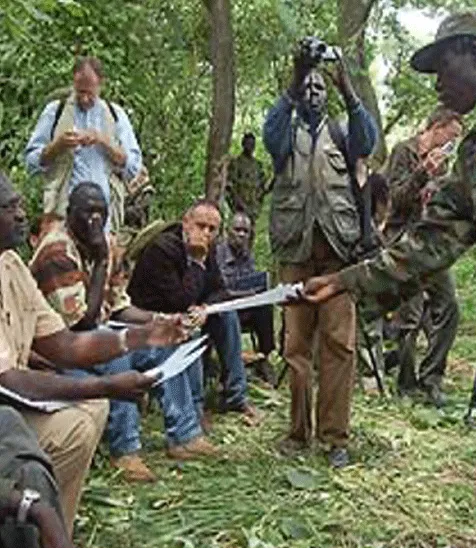
In this 2006 photo, Vincent Otti, then Deputy Chief of the Lord's Resistance Army (LRA), gives Sudan's then Vice President Riek Machar a list of LRA delegates to the peace talks between the LRA and Government of Uganda. (Photo: Matt Brown / AFP-Getty Images)

During the period of instability caused by the Lord’s Resistance Army, the majority of northern Ugandans lived in camps for internally displaced persons. As security returned to northern Uganda in 2006-2008, local governments needed to be re-established. In this picture, Danielle is monitoring a training of new local government officials on their roles and responsibilities.




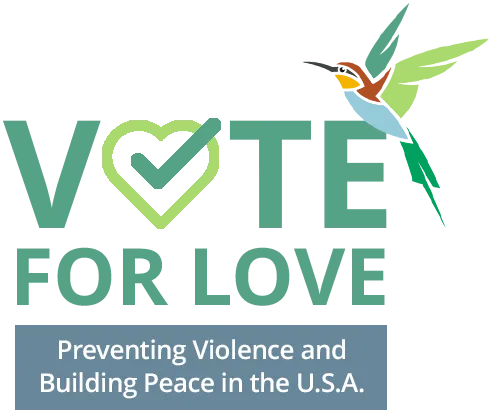



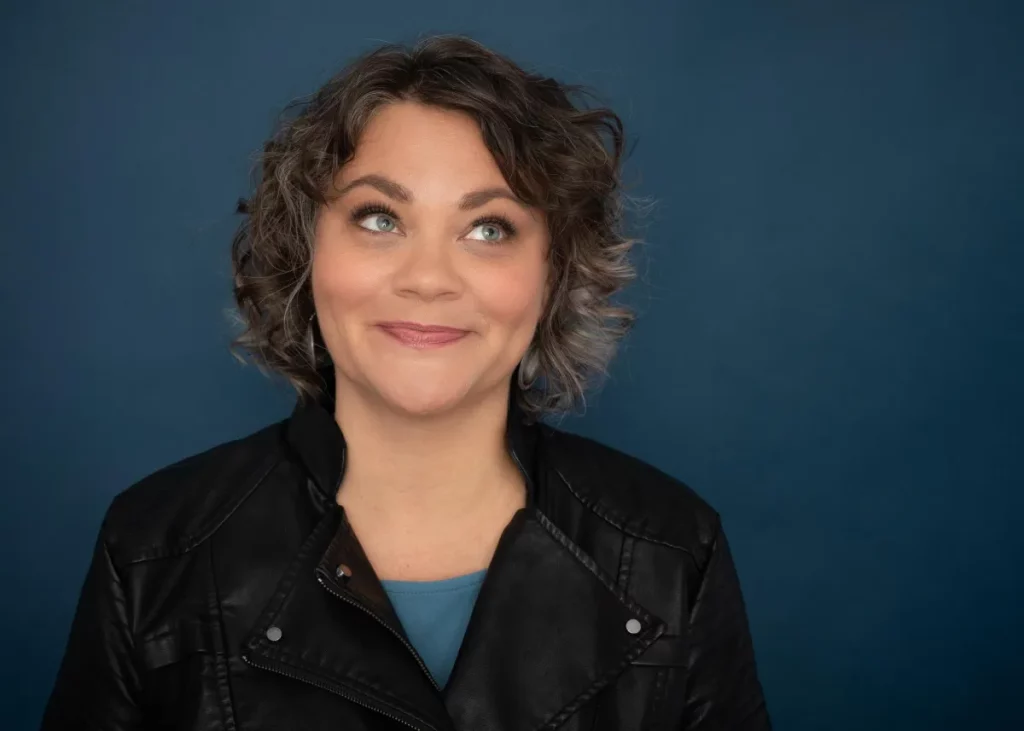

© 2025 All Rights Reserved Peacebuilders
Learn how to be a peacebuilder in your life, your community, and beyond! Six Ways to Be a Peacebuilder includes references to and resources from many organizations working to bridge divides in the U.S.